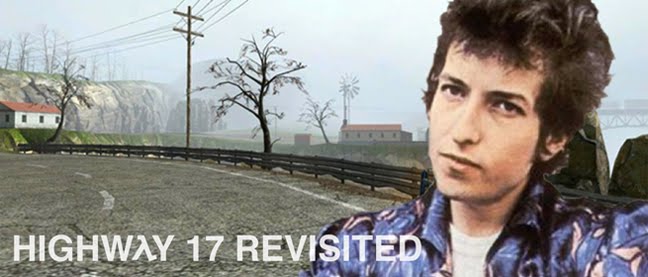
Like Tony Hawk's Pro Skater 2, I don't have a whole lot to say about Halo. Of course it sold the original Xbox and truly validated the console FPS. Those are historical facts in the video game universe. It was more than just important, though: it was really really fun. In fact, because it was so enjoyable, it was allowed the success that led to its vaunted place in history. Halo provided a beautiful template for the console FPS. It focused intently on the holy trifecta: guns, grenades, and melee. These elements were polished to a blinding sheen and given a highly elegant control scheme for their implementation. But then Bungie, in a move of staggering, forehead-slapping genius, added a fourth tenet. Vehicles. Yes, Halo's run-and-gun basics are very fun and serviceable, what with Master Chief's silky analogue movement, that incredibly overpowered scoped magnum, and individual buttons for fragging and pistol-whipping. But the sleepless nights, the LAN marathons, the memorable campaign moments... They were all thanks to those wonderful vehicles. The Warthog, the Ghost, the Scorpion, the Banshee... Not only were Halo's vehicles relatively easy to control and outfitted with useful weapons, but they had personality. Nobody's forgotten what that purple hovercraft thing with the plasma guns was called. I remember one of the first times I played Halo (split-screen Slayer at my friend's house), I was on foot, walking over a hill in Blood Gulch. Right when I reached the top, my so-called-friend's Scorpion tank rolled right over my insect-like ass. I learned my lesson that day: get in a vehicle. Now I'm the asshole who runs over chumps, and it's still a blast, nearly ten years later. Okay, so I wrote a little more than I did for THPS2. Sue me.



